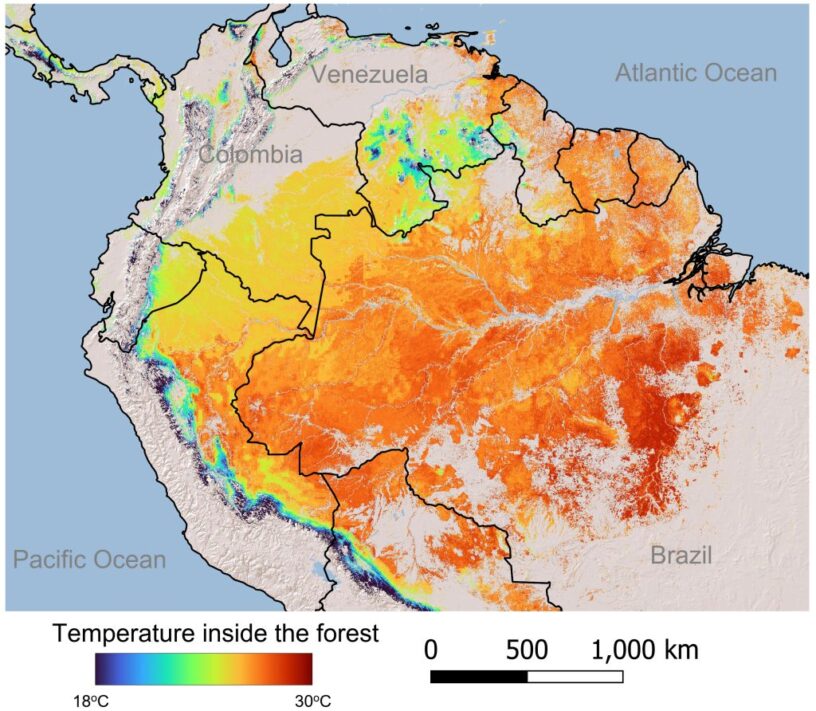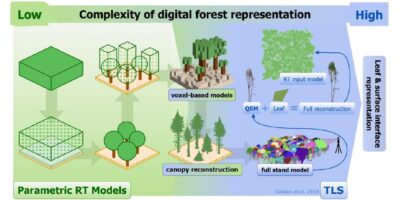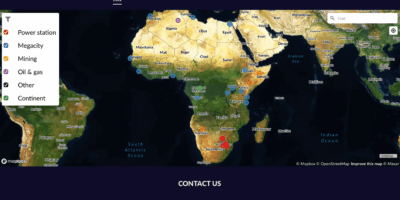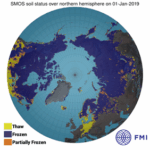Temperature is a fundamental factor defining the survival, growth, and reproduction rate of species living inside tropical forests. New study provides maps of temperature inside tropical forests that can be used by ecologists to improve the reliability of species distribution models.
New worldwide estimates of temperatures inside tropical forests show that global warming may have distinct impacts in different parts of the forests. The temperature inside tropical forests can be even 4 degrees lower than the average atmospheric temperature of the area.
Tropical forests host up to half of the planet’s biodiversity but up to now, ecological studies over tropical forests often relied on large scale datasets depicting open-air temperatures. That means the temperature outside the forests, which can be several degrees different from the temperatures inside the forest. This limitation has imposed a large barrier in our understanding on how species will respond to climate change.
The research coordinated at the University of Helsinki and the Finnish Meteorological Institute by associate professor Eduardo Maeda, has achieved a major step to overcome this limitation. The results have been published in the scientific journal Nature communications.
“The maps will help to predict with higher confidence how species will respond to climate change, such as to where species are more likely to migrate”, says Maeda.
With the maps, researchers can identify hotspots of microclimate refugia – in other words the areas that can maintain stable and cool microclimates. These areas are likely to be more and more important in the future’s warmer climate.
“With highly detailed maps provided by this study, we can now indicate to policy makers where these areas are, so they can be more efficiently preserved.”
In an international collaboration, the researchers compiled data from hundreds of temperature sensors installed inside tropical forests across the world. The study also used satellite data that provided information on different characteristics of the forests, such as the height of the trees and the leaf density. All this information were combined in a machine learning algorithm that was able to estimate temperatures inside tropical forests throughout the entire planet.
More information
Eduardo Maeda, Associate Professor, University of Helsinki and Finnish Meteorological Institute, eduardo.maeda@helsinki.fi
Scientific article is available on Nature Communications.
Reference: Ismaeel, A., Tai, A.P.K., Santos, E.G. et al. Patterns of tropical forest understory temperatures. Nat Commun 15, 549 (2024). https://doi.org/10.1038/s41467-024-44734-0
University of Helsinki: New perspective on global warming (press release 23.1.2024)








Leave a Reply
You must be logged in to post a comment.